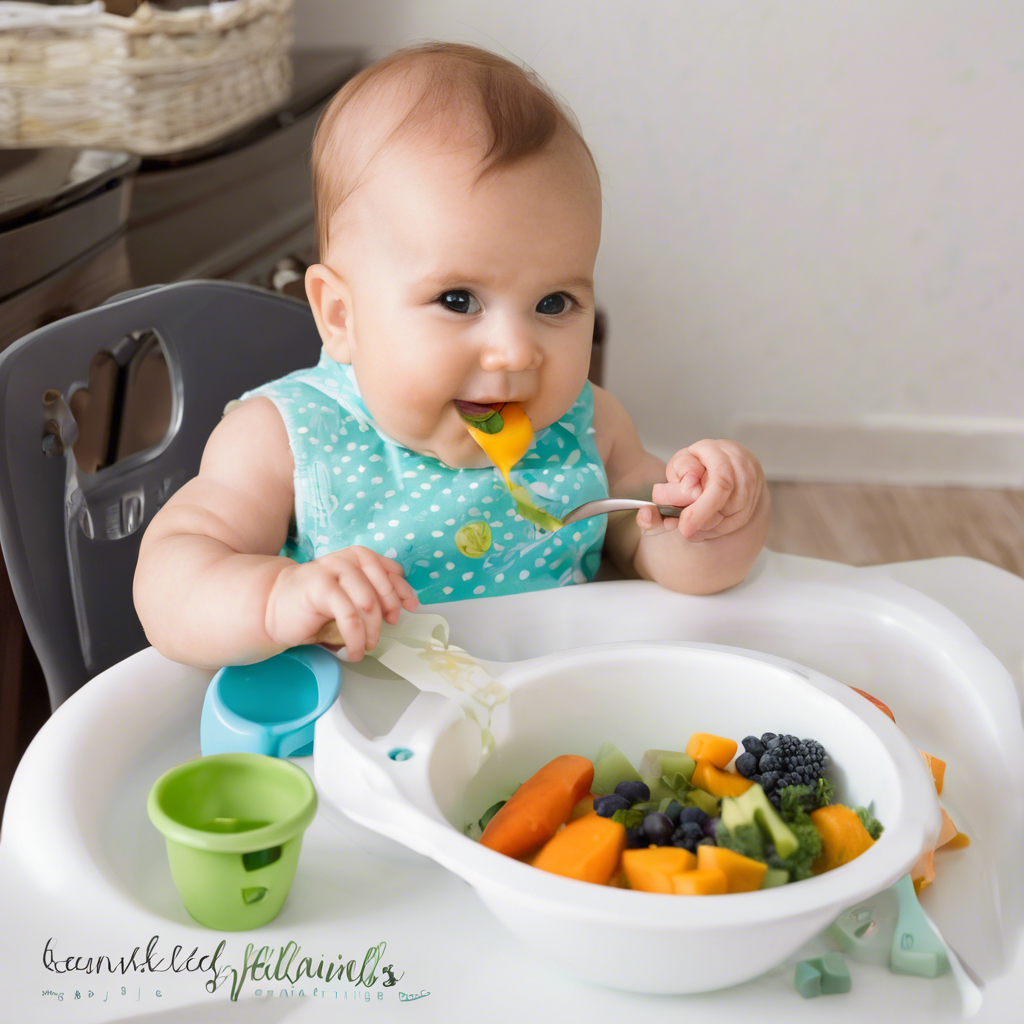Baby-led weaning (BLW) is gaining popularity as a natural approach to introducing solid foods to babies. Unlike traditional spoon-feeding methods that rely on purées, BLW allows infants to self-feed finger-sized pieces of food from the start. This method encourages independence, improves hand-eye coordination, and helps babies develop a healthy relationship with food. Many parents find BLW appealing because it aligns with a baby’s natural curiosity and ability to explore textures, flavors, and shapes on their own terms. However, understanding the fundamentals of BLW, including safety precautions and suitable food choices, is essential before getting started.
The key principle behind BLW is allowing babies to eat what the rest of the family eats, as long as the food is cut into appropriate sizes and textures. Babies should be at least six months old, able to sit up unassisted, and show signs of readiness, such as an interest in food and the ability to grasp objects. Unlike spoon-fed babies, who often start with smooth purées, BLW infants begin with soft, graspable foods like steamed vegetables, ripe fruits, and small pieces of well-cooked meat. Since babies control how much they eat, they are less likely to overeat or develop picky eating habits.
Safety is a major concern for parents considering BLW. One of the most common fears is choking, but studies suggest that BLW does not increase choking risk when done correctly. Parents should offer foods that are soft enough to mash with gentle pressure, avoiding hard, round, or sticky foods like whole grapes, nuts, popcorn, and thick globs of peanut butter. Supervision is essential, and caregivers should be familiar with choking first aid. Babies should always eat in an upright position, without distractions, and be given time to explore food at their own pace.
Another important aspect of BLW is nutrition. Since babies still rely on breast milk or formula for most of their nutrition during the first year, solid foods should complement their diet rather than replace it entirely. Iron-rich foods such as meat, eggs, lentils, and fortified cereals are essential because babies’ iron stores begin to deplete around six months. Offering a variety of vegetables, fruits, proteins, and healthy fats ensures they get the nutrients needed for proper growth and development. Parents should avoid processed foods, excess salt, and added sugar, as babies’ kidneys and taste preferences are still developing.
A major advantage of BLW is that it fosters healthy eating habits from an early age. Babies learn to listen to their hunger and fullness cues, reducing the likelihood of overeating later in life. They also develop oral motor skills by chewing different textures instead of relying solely on swallowing smooth purées. Research suggests that BLW babies may be more open to trying a diverse range of foods, leading to less pickiness and a more balanced diet in childhood. Additionally, mealtimes become family-centered rather than a separate feeding session, encouraging social interaction and bonding.
Despite its benefits, BLW is not without challenges. The biggest concern for many parents is the mess. Since babies are encouraged to explore food independently, it often results in food being smeared, dropped, or thrown. Placing a large bib or a splat mat under the high chair can help manage the mess. Another challenge is ensuring adequate food intake, especially for babies who play with their food more than they eat it. Offering nutrient-dense options and trusting the baby’s appetite is crucial, as they will gradually consume more as they develop their coordination.
There are also misconceptions surrounding BLW. Some parents worry that babies won’t get enough nutrients compared to spoon-fed infants. However, when offered a variety of nutrient-rich foods, BLW babies typically meet their nutritional needs. Another myth is that BLW means never using a spoon, but in reality, parents can offer spoons pre-loaded with foods like yogurt or oatmeal while still allowing the baby to self-feed. BLW is flexible and can be adapted to fit a family’s lifestyle, making it a practical choice for many.
Introducing BLW requires patience and trust. It’s important for parents to resist the urge to intervene, even if it seems like the baby is struggling. Gagging, which is often mistaken for choking, is a natural reflex that helps prevent choking and is common when babies learn to manage textures. Remaining calm and allowing the baby to work through it helps them develop safe eating skills. Providing a relaxed environment, free from pressure, makes the learning process enjoyable for both baby and parents.
Every baby is different, and some may take to BLW more quickly than others. Some parents choose to combine BLW with traditional spoon-feeding, offering a mix of finger foods and purées. This hybrid approach allows parents to ease into BLW while ensuring their baby gets enough nutrition. Regardless of the method, the goal is to make mealtimes a positive experience where babies develop confidence and curiosity about food.
Baby-led weaning is more than just a feeding method; it’s an approach that supports independence, healthy eating habits, and family bonding. By offering safe, nutritious foods and allowing babies to explore at their own pace, parents can set the foundation for a lifetime of positive eating behaviors. With the right knowledge, preparation, and patience, BLW can be a rewarding journey for both babies and their caregivers.

